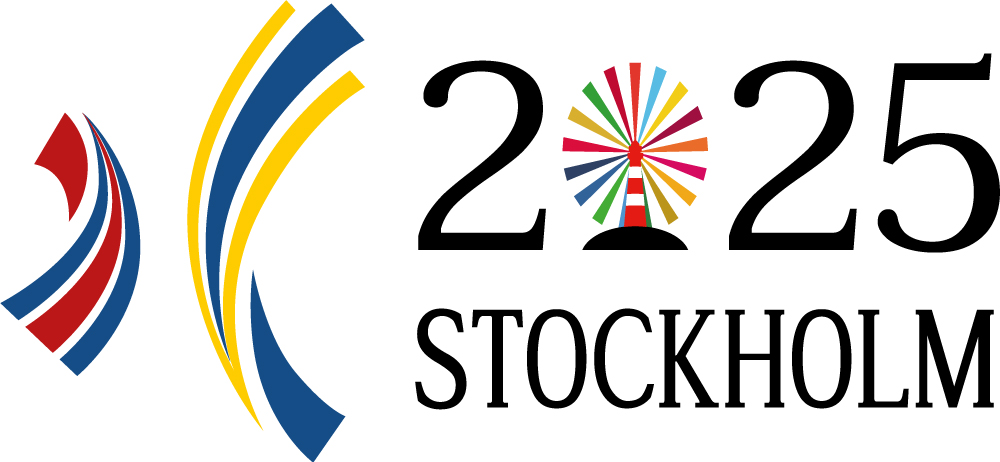
2.07 Instrumented gait analysis in the fields of prosthetics and orthotics: Are we doing it right?
- 25/04/2023 | 1:15 PM - 2:30 PM
-
Guadalajara 3, Ground floor
Description
Abstract
Instrumented gait analysis has become the gold standard to assess gait-related outcomes in the fields of prosthetics and orthotics. However, there is no consensus on the best way to perform an instrumented gait analysis or how to report the results. In addition, while the majority of trials have investigated kinematic and/or kinetic parameters during straight-line overground walking, one may question whether those conditions are most clinically relevant.
This symposium challenges the current practices in instrumented gait analysis by offering three new perspectives gained in both orthotic and prosthetic gait research. The first challenge is whether normalizing the gait cycle from heel contact to heel contact forms the best base for comparing gait analysis over time. What if the main changes occur in shifting the subphases in gait? How will this influence the results if we do not take this into account? The second challenge is whether we know what the day-to-day variation of the gait pattern is. How large is this variation? How do we know whether differences identified in the gait pattern are true differences or the mere results of normal spread in gait data? How many steps should we collect? The third and final challenge is whether we are collecting outcome measures that are clinically relevant to the orthotic and prosthetic user. Should we focus only on spatiotemporal, kinematic and/or kinetic variables of gait? Are there other outcome variables related to effort and attention that are more meaningful? What do these outcome measures show us?
Statement of the objective / learning objectives
The learning objectives of this symposium are offering a critical reflection on current gait analysis practices and presenting a starting point on how to move this field forward.


